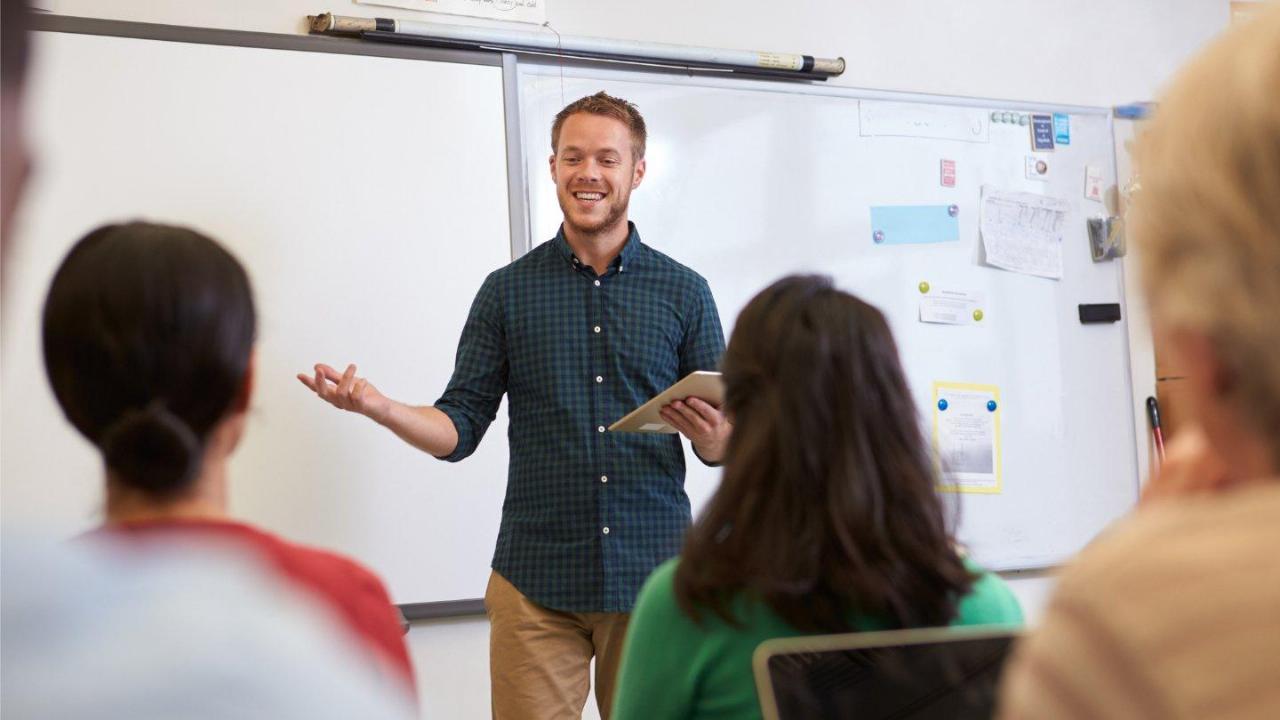Continuing education for teachers has become a cornerstone of modern educational systems, transforming not just how educators teach but how students learn. As schools seek to enhance student outcomes, professional development has emerged as a powerful catalyst for classroom innovation and effectiveness. This article explores how ongoing learning opportunities for teachers translate into tangible improvements in educational quality and student achievement.
The Evolution of Professional Development for Educators
Teacher professional development has undergone significant transformation over the past decades. Educational platforms like casajedo.es have begun featuring resources that highlight this evolution, recognizing that home-like comfort in learning environments stems from well-prepared educators. No longer limited to occasional workshops or one-off training sessions, modern professional development has evolved into a continuous, multifaceted process that recognizes teachers as lifelong learners.
From traditional workshops to innovative learning models
Traditional professional development often relied on isolated training days with limited follow-up or practical application. Contemporary approaches now embrace more sustained and interactive models that provide teachers with ongoing support and opportunities for implementation. These include professional learning communities, coaching relationships, action research, and online learning networks that create continuous improvement cycles rather than isolated learning events.
Research-backed benefits of ongoing teacher education
Research consistently demonstrates that high-quality continuing education for teachers yields substantial benefits. Studies show that teachers who engage in regular professional development demonstrate greater instructional effectiveness, increased confidence, and higher job satisfaction. More importantly, their students show measurable improvements in achievement across various subject areas. According to recent findings, schools that implement comprehensive teacher development programs see improvements in classroom conditions and learning outcomes that extend across entire educational settings.
Building Advanced Instructional Competencies
Continuing education empowers teachers to develop sophisticated instructional approaches that respond to diverse student needs. This professional growth enables educators to move beyond basic teaching techniques toward more nuanced and responsive pedagogical practices.
Mastering diverse teaching strategies through continuing education
Professional development provides teachers with exposure to a wide range of evidence-informed instructional approaches. Through ongoing learning, educators can expand their teaching repertoire to include strategies like differentiated instruction, formative assessment techniques, inquiry-based learning, and culturally responsive teaching. This expanded toolkit allows teachers to select the most appropriate approach for specific learning contexts and student needs, rather than relying on a limited set of familiar methods.
Applying new knowledge to differentiate instruction effectively
One of the most valuable outcomes of teacher continuing education is enhanced ability to differentiate instruction. As teachers deepen their understanding of learning sciences and instructional design, they become more adept at modifying content, processes, and products to address the varying abilities, interests, and learning profiles in their classrooms. This tailored approach ensures that all students can access challenging curriculum and experience appropriate levels of success.

Staying Current with Educational Research and Best Practices
The field of education constantly evolves as researchers uncover new insights about learning and effective teaching. Continuing education serves as the bridge between emerging research and classroom practice, ensuring that teachers can implement evidence-based approaches.
Bridging the gap between theory and classroom application
Educational research produces valuable knowledge about how students learn, but this information only benefits students when teachers can translate it into effective classroom practices. Professional development helps educators interpret research findings and adapt them to their specific contexts. This translation process requires ongoing support and collaboration, as teachers work to implement new approaches within existing systems and structures.
Creating evidence-based learning environments
Teachers engaged in continuous professional learning are better positioned to create classroom environments grounded in educational science. Their instructional decisions reflect current understanding of cognitive development, motivation, assessment, and subject-specific pedagogy. This evidence-informed approach leads to more intentional teaching and more effective learning experiences for students.
Technology Integration and Digital Literacy Development
The rapid advancement of educational technology has created both opportunities and challenges for teachers. Continuing education plays a crucial role in helping educators navigate this digital landscape and harness technology for meaningful learning.
Navigating educational technology through professional learning
Professional development provides teachers with structured opportunities to explore educational technologies and develop digital competencies. Through hands-on experiences and guided practice, educators can build confidence with digital tools and platforms. More importantly, they learn to evaluate technology critically, selecting resources that align with learning objectives rather than adopting technology for its own sake.
Transforming digital tools into meaningful learning experiences
Beyond basic technology skills, continuing education helps teachers design technology-enhanced learning experiences that promote higher-order thinking. Teachers learn to use digital tools to facilitate collaboration, creativity, and problem-solving rather than merely substituting digital versions of traditional activities. This transformative use of technology expands learning possibilities and prepares students for future educational and career challenges.
Enhancing Student Engagement and Achievement
The ultimate goal of teacher continuing education is improved student outcomes. Research consistently demonstrates connections between teacher professional growth and enhanced student learning experiences.
Measuring the impact of teacher growth on student outcomes
Schools implementing comprehensive professional development programs can measure tangible improvements in student performance. These may include academic gains on assessments, increased engagement metrics, improved attendance, and growth in non-cognitive factors like persistence and self-regulation. Effective professional development programs establish clear indicators of success and systematically gather evidence to track progress toward intended outcomes.
Case studies of classroom transformation through teacher learning
Across educational settings, compelling examples demonstrate how teacher continuing education transforms classroom practices and student experiences. Schools that adopt coherent, sustained approaches to professional learning report significant improvements in teaching quality and student achievement. These success stories often feature deliberate practice approaches where teachers rehearse techniques, receive feedback, and refine their implementation through coaching relationships.
Fostering Teacher Wellbeing and Professional Satisfaction
Continuing education contributes not only to instructional effectiveness but also to teacher wellbeing and career sustainability. Professional growth opportunities can reinvigorate teaching practice and prevent burnout.
Building resilience and preventing burnout through education
Teaching is emotionally and intellectually demanding work that can lead to burnout without adequate support. Quality professional development acknowledges these challenges and provides teachers with strategies for maintaining energy and enthusiasm. Learning communities offer collegial support while continuing education helps teachers develop efficiency in planning and instruction, creating more sustainable workloads.
Creating sustainable teaching careers through lifelong learning
Teachers who engage in ongoing professional learning report greater job satisfaction and career longevity. Continuing education provides intellectual stimulation and new challenges that keep teaching fresh and engaging year after year. As teachers develop expertise through professional learning, they often discover leadership opportunities that allow them to mentor colleagues and influence educational practice beyond their own classrooms, creating fulfilling career pathways within the teaching profession.

